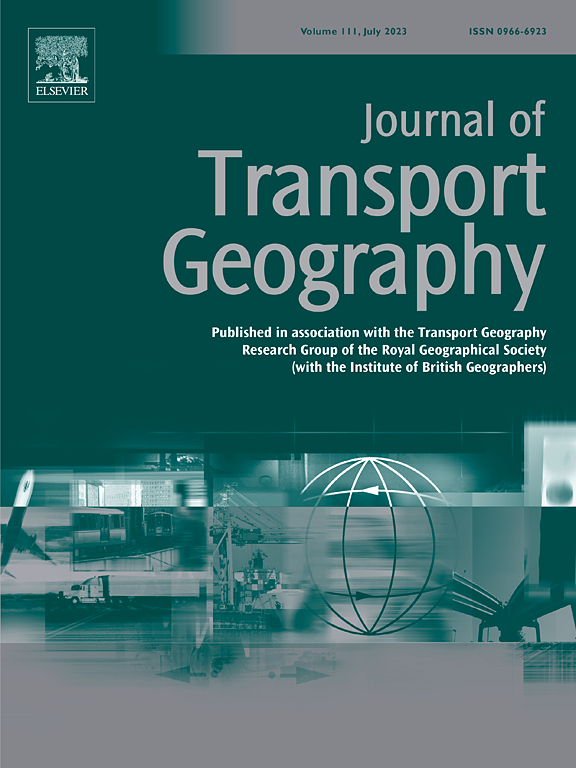Deciphering urban cycling: Analyzing the nonlinear impact of street environments on cycling volume using crowdsourced tracker data and machine learning
IF 5.7
2区 工程技术
Q1 ECONOMICS
引用次数: 0
Abstract
Cycling mitigates urban development-related traffic and environmental issues and benefits human health. However, exploring the nonlinear associations between urban environmental factors and cycling remains challenging. Moreover, the potential of crowdsourced data like Strava Heatmap for cycling research has rarely been validated. Using Melbourne as a case study, we assessed the association between urban environmental attributes and cycling amount through street view images and artificial intelligence techniques. The results indicate that proximity to blue spaces is the most significant factor in promoting cycling amount. Additionally, road network density, sky openness, and distance to green spaces each have an optimal threshold. Lastly, built environment features, landscape features, and perceived environment are all associated with cycling amount, validating the inclusion of both subjective and objective environmental measures in cycling research. These findings provide insights and empirical evidence for policymakers in designing bicycle-friendly urban environments.

求助全文
约1分钟内获得全文
求助全文
来源期刊

Journal of Transport Geography
Multiple-
CiteScore
11.50
自引率
11.50%
发文量
197
期刊介绍:
A major resurgence has occurred in transport geography in the wake of political and policy changes, huge transport infrastructure projects and responses to urban traffic congestion. The Journal of Transport Geography provides a central focus for developments in this rapidly expanding sub-discipline.
 求助内容:
求助内容: 应助结果提醒方式:
应助结果提醒方式:


